HMPV Virus: How deadly is this virus? China’s Center for Disease Control and Prevention sheds light on fatality rate
How Deadly is the HMPV Virus? China’s CDC on Fatality Rates
Introduction: The Rising Threat of HMPV
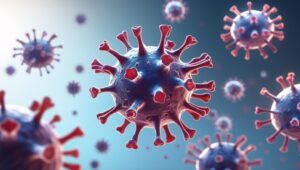
The human metapneumovirus (HMPV) is emerging as a significant concern in global health. While it primarily affects the respiratory system, it can also lead to severe complications, especially in vulnerable populations. Understanding HMPV is vital, as recent reports highlight its potential threat, prompting scrutiny from health authorities, including China’s Center for Disease Control and Prevention (CDC).
The HMPV Virus: A Growing Concern
This virus is part of the Paramyxoviridae family, which includes other well-known pathogens like respiratory syncytial virus (RSV). HMPV was first discovered in 2001 and has since been linked to various respiratory illnesses, particularly in children and the elderly.
Understanding the Severity: Beyond the Common Cold
HMPV can mimic a cold, causing symptoms like cough, fever, and congestion. However, in severe cases, it can lead to bronchiolitis or pneumonia, which can be life-threatening. This severity makes it crucial to recognize HMPV symptoms early.
The Role of China’s CDC in Monitoring HMPV
China’s CDC plays a significant role in tracking HMPV’s spread and its impact on public health. Their ongoing research and statistics help understand the true nature of this virus and its associated risks.
Understanding HMPV: Symptoms, Transmission, and Risk Factors

Common Symptoms of HMPV Infection
Symptoms of HMPV can vary. Common ones include:
- Cough
- Nasal congestion
- Sore throat
- Fever
- Wheezing
These symptoms can resemble other respiratory infections, making it essential to get a proper diagnosis, especially during peak flu seasons.
Transmission Routes and Prevention Strategies
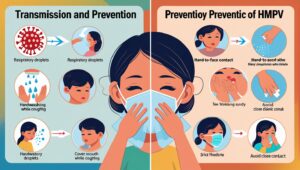
HMPV spreads mainly through respiratory droplets. People can catch it by:
- Breathing in droplets from an infected person
- Touching surfaces with the virus and then touching their face
To reduce the risk of transmission, it’s important to:
- Wash hands frequently
- Avoid close contact with sick individuals
- Cover the mouth when coughing or sneezing
Identifying High-Risk Groups for Severe HMPV
Certain groups are at a higher risk for severe reactions to HMPV. These include:
- Young children
- The elderly
- Individuals with weakened immune systems
- Those with pre-existing respiratory conditions, like asthma or COPD
Recognizing these groups helps in targeting preventive health measures effectively.
China’s CDC Report: Key Findings on HMPV Fatality Rates
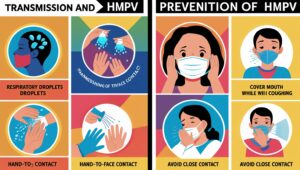
Official Statistics and Data from the Chinese CDC
Recent reports from China’s CDC indicate a concerning rise in HMPV cases. The data gathered over several years shows fluctuating infection rates, highlighting the virus’s unpredictable nature.
Age-Specific Mortality Rates: Analyzing the Data
Mortality rates show significant variation based on age. For children under five and adults over 65, rates are notably higher. This highlights the need for targeted health measures for these vulnerable groups.
Comparing HMPV Fatality Rates to Other Respiratory Viruses
When compared to other respiratory viruses like influenza and RSV, HMPV’s fatality rate is concerning but generally lower. However, the risks can be serious for those in high-risk categories.
HMPV Complications and Treatment Approaches
Severe HMPV Cases and Associated Complications
Severe cases of HMPV can lead to serious complications, such as:
- Pneumonia
- Bronchiolitis
- Hospitalization
Identifying these complications early can improve treatment outcomes.
Available Treatment Options and Medical Interventions
Currently, there’s no specific antiviral treatment for HMPV. Supportive care, such as oxygen therapy and hydration, is crucial in managing severe cases.
Role of Vaccination and Preventative Measures
While no vaccine is available, preventive measures like good hygiene practices and public health campaigns can significantly reduce the risk of infection.
Global Perspective: HMPV’s Impact Beyond China
International Data on HMPV Prevalence and Mortality
Globally, HMPV continues to spread, with many regions reporting cases. The international health community is keeping a watchful eye, especially as virus mutations can change its behavior.
Comparison of HMPV Impact Across Different Regions
Countries are experiencing varying impacts, depending on factors like healthcare infrastructure and vaccination rates against other respiratory pathogens. Understanding these differences can help shape global health strategies.
The Importance of International Collaboration in Combating HMPV
Collaboration across borders is vital. Sharing data and resources can improve response times and treatment strategies for HMPV outbreaks, ensuring global health security.
Protecting Yourself and Your Loved Ones from HMPV
Practical Steps to Reduce HMPV Transmission Risk
To minimize the risk of HMPV, follow these practical steps:
- Wash your hands frequently.
- Avoid crowded places during peak seasons.
- Encourage sick individuals to stay home.
Importance of Hygiene and Vaccination (if available)
Maintaining good hygiene practices can significantly reduce transmission. While a vaccine is not available for HMPV, staying updated with other respiratory vaccines can help shield from co-infections.
Seeking Medical Attention for Severe Symptoms
If you or a loved one displays severe symptoms, seek medical attention immediately. Early intervention is crucial for managing severe cases and preventing complications.
Conclusion: Assessing the Risk and Taking Action
Key Takeaways on HMPV Severity and Prevention
HMPV poses a real threat, especially for vulnerable populations. Its potential for severe outcomes urges continued vigilance and awareness.
The Ongoing Importance of Public Health Surveillance
Public health surveillance is key. Monitoring HMPV can help health officials respond swiftly to outbreaks and protect the community.
Future Research Needs and Potential for HMPV Mitigation
Further research is essential to understand HMPV fully. Insights gained can lead to better treatments, preventive strategies, and potentially a vaccine, fostering a healthier future for all.


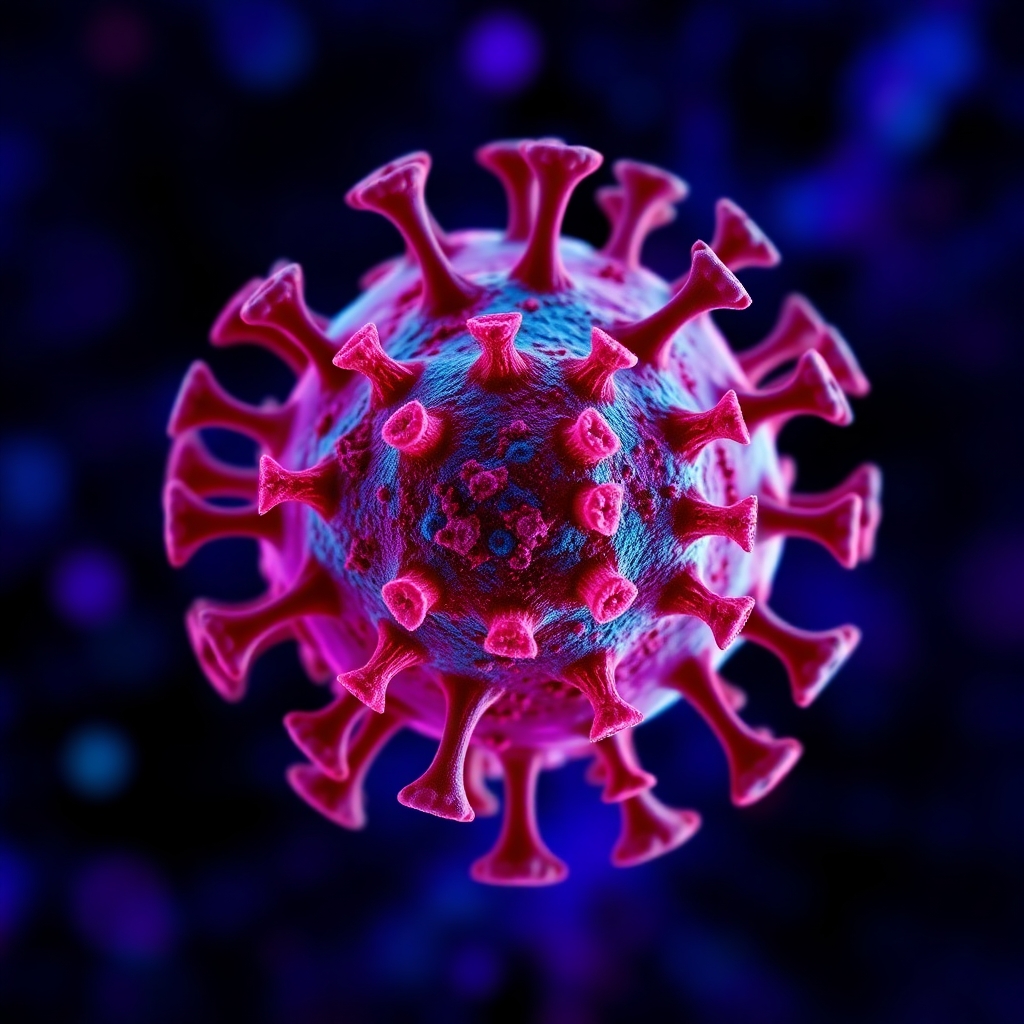

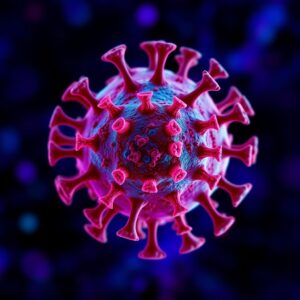












Post Comment